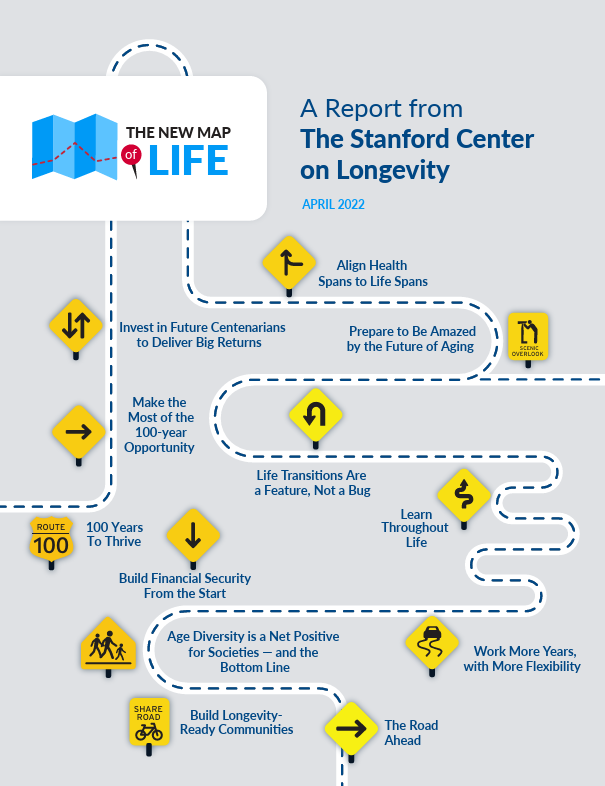A recent Yale University study has identified factors significantly impacting our “active life expectancy.” This refers to the years we expect to live with good health and independence. For Generation X, now in middle age, these findings are a timely reminder to prioritize proactive health.
The Yale research, published in JAMA Network Open, analyzed data from many older adults. It found that a higher number of chronic conditions and difficulties with daily living activities (like dressing or managing finances) were linked to a shorter active life. Lower cognitive function also played a role. Interestingly, the study noted that socioeconomic factors were significant. Lower education and income levels correlated with fewer active years.
For a generation that grew up with personal computers and MTV, actively aging is likely a priority. We’ve seen our parents age, and many of us want to maintain our independence and vitality. This study emphasizes that good health isn’t just about living longer, but about the quality of those years.
The findings suggest that early management of chronic conditions and proactive health habits are key. This includes regular exercise, a balanced diet, and consistent medical check-ups. The focus on cognitive function also highlights the importance of staying mentally active throughout life. The identified socioeconomic factors point to broader societal influences on healthy aging, something to consider when advocating for supportive policies.
As Generation X navigates midlife, balancing careers, families, and possibly caring for parents, prioritizing our own health can feel like another task. However, this research is a strong reminder that investing in our health now benefits our future active years. Understanding these factors empowers us to make informed choices for a healthier and more vibrant future.
Read more about the study here: Factors Associated With Diminished Active Life Expectancy Among Older Adults



